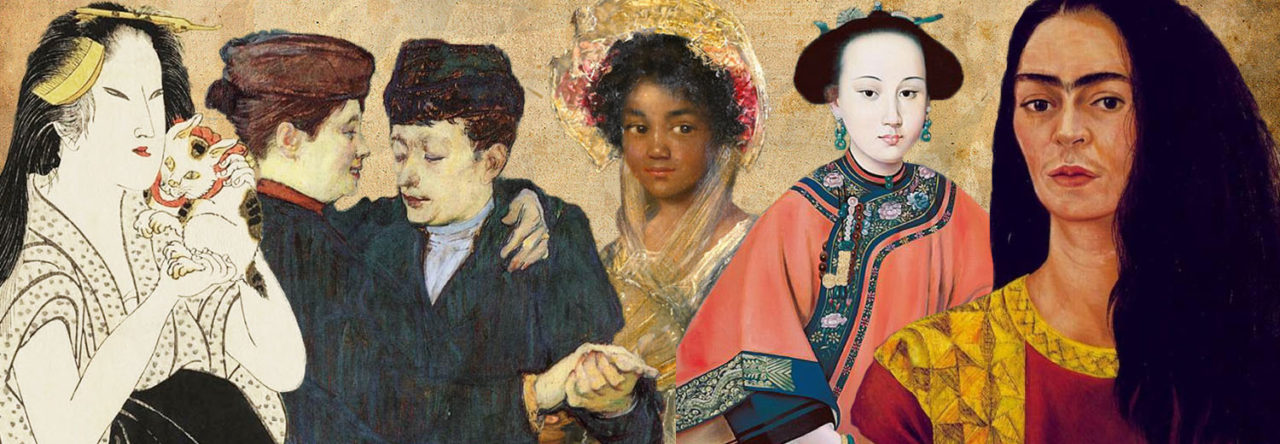Anna Ancher is famous in Scandinavia, but basically unknown in the rest of the world. Which is a shame because we always need more discussion on awesome female artists in art history.
Movement/Style: Part of the Skagen artists’ colony. She’s usually associated with Naturalism, and sometimes with Realism and Impressionism.
Country: She traveled a bit around Europe, but lived, worked and died in the small town of Skagen in Denmark.
Years: 1859 – 1935
Well, who was she?
Anna Ancher (1859 – 1935) was a Danish painter active in the late 19th and early 20th century. She was part of a group of artists and other creative people who briefly lived and worked in the small fisherfolk village of Skagen in Northern Denmark, known as the Skagen colony.



